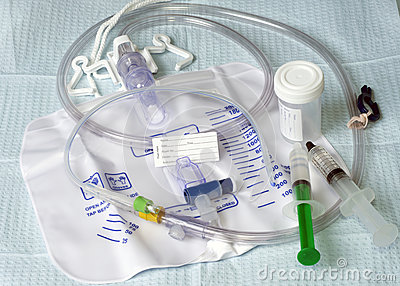Seniors and Aging – Bladder Control (Incontinence)

Incontinence or the inability to hold urine in the bladder, among elders, is a lot more common in the United States than previously known. According to a study conducted by Centers for Disease Control and Prevention’s National Center for Health Statistics:
- 51 percent of people aged 65 or older reported bladder and/or bowel incontinence
- About 50 percent of women and 25 percent of men suffer from bladder incontinence
- Elder incontinence is said to cost the United States economy over $10 billion per year
- Cost of labor, laundry and supplies at healthcare centers that provide service to patients with incontinence disorders and related issues, are more than $3 billion
The causes for incontinence are quite varied depending on gender, age, medical history, profession, lifestyle, etc. Some of them are.
- Urinary tract infections
- Vaginal infection or irritation
- Constipation
- Certain medicines
- Weak or overactive bladder muscles
- Inflamed bladder wall
- Multiple sclerosis, Parkinson’s or Alzheimer’s disease
- Diseases such as arthritis which makes it difficult to go to the bathroom in time
- Pregnancy and childbirth
- Menopause
- Excessive consumption of caffeine (coffee and tea)
- Drinking bouts and alcoholism
- Not drinking enough water
Incontinence in men
Specific to men, the causes for incontinence are more varied, some of them being:
- Disease in, or injury to, the genital region
- Prostatitis or inflammation of the prostate gland
- Damage to nerves or muscles in the kidney or pelvic region post-surgery
- Diseases such as diabetes
- Multiple sclerosis, Parkinson’s or Alzheimer’s disease
- Injuries to the spinal cord
- Nervous disorders which can result in an overactive bladder
- Benign Prostate Hyperplasia (BPH), a condition where the prostate gland grows with age
Accordingly, Incontinence has been classified under four significant types:
- Stress incontinence: Any physical pressure exerted on the bladder during exercise, coughing, sneezing, laughing, lifting heavy objects or even some types of falls or accidents can trigger incontinence. This is more common in middle-aged or younger women who are approaching menopause
- Urge incontinence: For no reason, people feel a sudden urge to urinate and cannot hold it long enough to get to a restroom. This happens to people who have diabetes, Alzheimer’s, Parkinson’s, stroke or any form of sclerosis
- Overflow incontinence: Whenever the bladder is full, a small amount of the urine tends to leak from the bladder. This is more common in men and is generally due to an enlarged prostate that is blocking the urethra. Sometimes, diabetes and spinal cord injury can also trigger this type of incontinence
- Functional incontinence: Older people who are weak, infirm, suffer from arthritis or have recently been injured, need some time to get to the restroom. At times, they may not be able to hold the urine, in which case, a small amount of it leaks out
Remedies and Treatments
With modern day techniques and quantum leaps in medical technology, treatment for incontinence, has become quite sophisticated. The different types of treatment that are provided by healthcare centers are listed below:
- Practical Management
-
-
- Behavioral Therapy
- Bladder Training
- Pelvic Floor muscle exercises
-
- Medications
-
-
- Anticholinergic or antispasmodic drugs
- Hormone replacement
- Antibiotics
- Muscle relaxing drugs for men
-
- Medical devices inserted (for women)
-
-
- Urethral inserts
- Pessary used in the treatment of stress urinary incontinence
-
Surgically implanted devices for men and women
-
- Sling procedures
- Collagen injections
- Urinary sphincter
- Sacral nerve stimulator
Several healthcare centers even offer counseling to overcome the emotional repercussions. Let not your incontinence disorder disrupt your life. Consult a good hospital or healthcare center and seek treatment and let incontinence no longer be a nightmare.
